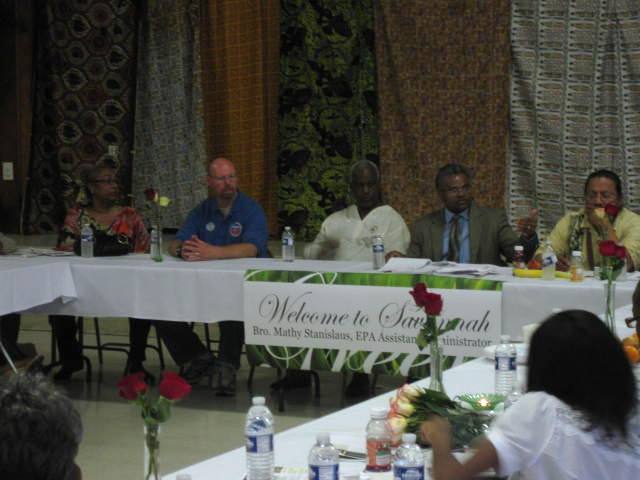Sustainable Materials Management: A Life-cycle Perspective
As companies and decision-makers seek sustainable ways to manage resources and meet consumer needs, they are confronted with an array of choices, labels and practices that claim to be better for the environment. Terms such as “recyclable,” “recycled-content,” “biodegradable,” or “organic,” all suggest a more sustainable use of resources, but all focus on a limited set of environmental impacts. At EPA, we found that asking which of these practices is better for the environment may not be the right question. We’ve found benefit by taking a broader perspective that considers the full “life cycle” of a product.
Governments and businesses can make better-informed choices with “life-cycle thinking,” or considering the environmental impacts caused at all of the stages of a product’s life cycle. These impacts may include releases of pollutants to air or water; raw material depletion; loss of trees, vegetation and wildlife through disturbance of land and water ecosystems; and greenhouse gas (GHG) emissions. The stages of a product’s life cycle include extraction of resources, manufacturing, use, and end-of-life management. Focusing on just one stage (such as waste management) or one effect (such as organically-raised or grown) can be misleading in total environmental impact. A broader look at life-cycle considerations can show unsuspected or surprising effects – such as high greenhouse gas (GHG) emissions from washing clothes with hot as opposed to cold water (since fossil fuels were likely burned for the energy used to heat the water). More








